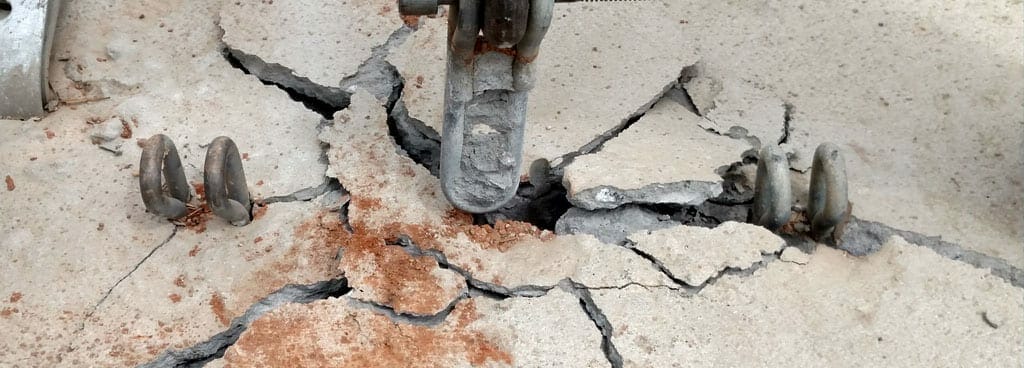- Home
- Services/IndustriesServicesindustries
- About Us
- LocationsStatesAccordion ContentAccordion ContentAccordion ContentAccordion Content
- Job Openings
- Quick Links
- ATS Family

At Applied Technical Services, we frequently perform anchor pull tests to be used as a quality control measure. When evaluating an anchoring system, the rock bolt should be mounted in the same manner and method, and in the same material it is envisioned or projected to be used in a construction. To test the anchors or to perform an anchor pull test, the bolt is pulled with a hydraulic manifold and the displacement of the head of the bolt is measured concurrently. Tensile load is applied to the bolt via a hydraulic lift up to the specified design load to verify that neither the joint, the substrate material nor the anchor bolt fails.
What is Anchor Pull Testing?
Our experts at ATS are the best when it comes to Anchor Pull Testing. The main purpose or objective for the use of this test is to measure the performance of the anchor installation, and verify that it will resist the pull out forces. Several parameters such as the capacity of the loading apparatus, the loading rate, the bearing ring size, and anchor embedment depth should be taken into account when setting up the test. Ideally, unless the purpose of the test is determining the maximum pull out force, the anchor bolt should not fail or show any movement at the specified load.
Our team can travel to many remote sites that most others can’t, which is simply an indication of Applied Technical Services’ commitment to provide the best service to our clients as well as accurate assessment results in accordance with standard specifications.
Anchor pull tests ought to be performed in all types of rocks in which the construction anchor bolts will be installed into. When rock is bedded, schistose or anisotropic, the tests ought to be conducted in several orientations in relation to the anisotropy (acquiring different values when measured in different directions), including those at which the construction bolt may be installed.
Common Standards for This Method:
- Standard Test Method for Rock Bolt Anchor Pull Test - ASTM D4435
- Standard Test Method for Pullout Strength of Hardened Concrete - ASTM C900
Further Capabilities
ATS offers a variety of field testing services beyond our anchor pull testing capabilities. Some of the other testing and analysis methods that our experts perform on client job-sites include:

